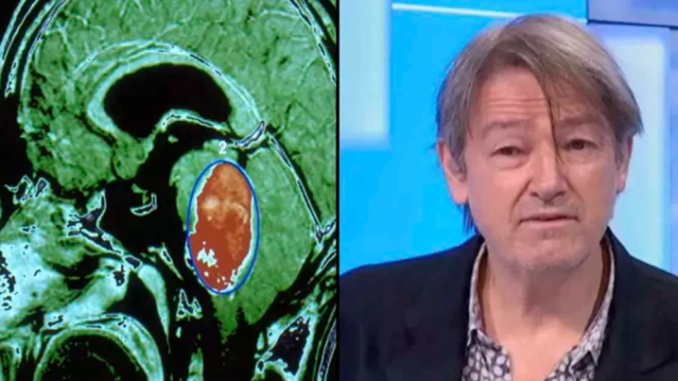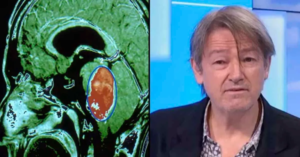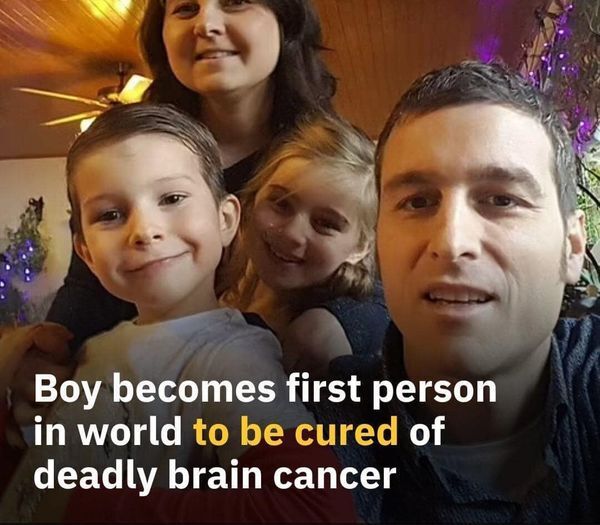
At the tender age of six, Lucas received devastating news: he had a rare form of brain tumor. The prognosis seemed grim, and his future appeared bleak. But fast forward seven years, and Lucas, now 13, stands as a beacon of hope. There is no trace of the once-debilitating tumor. Lucas, from Belgium, is the first child globally to triumph over brainstem glioma – an aggressive form of brain cancer.
Dr. Jacques Grill, head of the brain tumor program at the Gustave Roussy Cancer Center in Paris, marvels at Lucas’s resilience. He recalls, “Lucas defied all odds. Over a series of MRI scans, I watched as the tumor completely disappeared.” Diffuse intrinsic pontine glioma (DIPG), the formal name for this tumor, affects approximately 300 children in the United States and up to 100 in France each year.
As the medical community celebrates International Childhood Cancer Day, advancements in childhood cancer treatment are celebrated. Over 85 percent of children now survive this type of brain cancer beyond five years post-diagnosis. However, for those diagnosed with DIPG, prospects remain grim, with most succumbing within a year. Only 10 percent survive beyond two years, even with efforts to mitigate the tumor’s rapid progression through radiotherapy.

An Uncharted Journey for Lucas and His Family
Lucas and his family embarked on an unknown journey when they enrolled him in the BIOMEDE trial in France. This trial explores novel treatments for DIPG. Remarkably, Lucas responded to the drug everolimus, which was randomly allocated to him. Doctors were astounded as his tumor vanished entirely over successive MRI scans.
Even though Lucas stopped taking the medication a year and a half ago, the tumor remains absent – an unprecedented phenomenon in medical records. Dr. Grill attributes Lucas’s exceptional recovery to the tumor’s unique genetic makeup. He believes that a rare mutation increased its susceptibility to the drug.
Intrigued by Lucas’s case, researchers are delving deeper. They scrutinize genetic anomalies and cultivate tumor organoids in laboratory settings. Marie-Anne Debily, who oversees the research, expresses optimism. She envisions a potential breakthrough where Lucas’s cellular distinctions could pave the way for effective treatments. “The next step will be to find a drug that has the same effect on tumor cells as these cellular changes,” she said.
